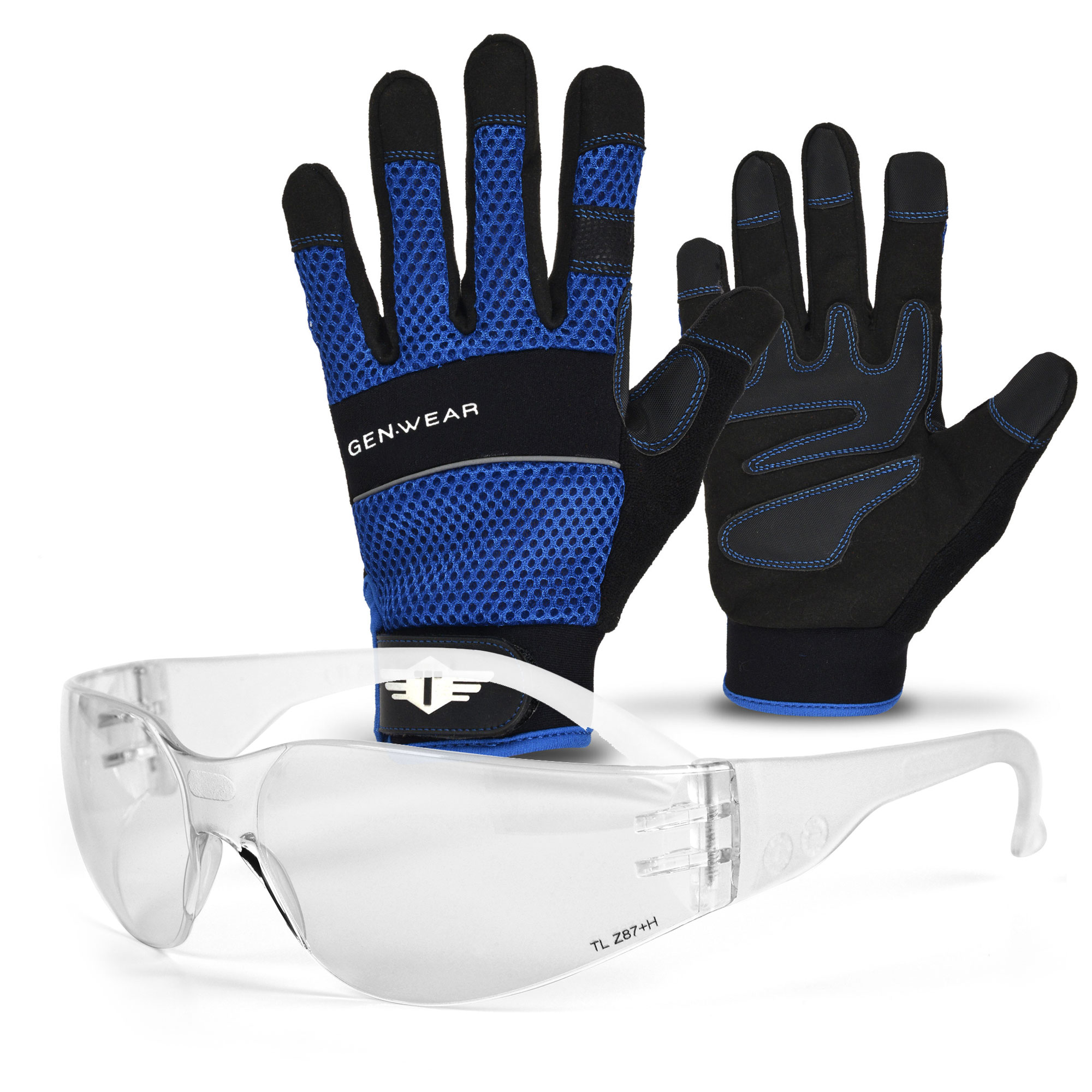According to the 2017 edition of the National Safety Council chartbook “Injury Facts” in 2014, 367 women died on the job.
That same year, women experienced nearly 350,000 injuries involving days away from work. In many cases, having the right PPE could have made all the difference.
When it comes to providing your women employees with personal protective equipment (PPE), the one-size-fits-all mentality doesn’t work anymore.
As the number of women entering traditionally male-dominated fields like construction, manufacturing and oil and gas grows, so to do the needs for employers to provide their female employees with personal protective equipment that fits their frames.
1. The Workforce Needs Women
As the labor market in these industries shrinks and the population continues to age, more employers will need to expand their workforce to include more women in order to stay competitive. More than that, women are driving growth and taking leadership roles in many sectors. According to a Wall Street Journal report, 40% of the women in construction run their own businesses, and construction accounts for the largest growth in new women-owned business.
When women are on the job site and running the front office, creating a safety culture that keeps the specific needs of women in mind doesn’t just help your employees, it improves your bottom line.
2. One Size Doesn’t Fit All
Having women wear larger sized PPE isn’t safe and the solution isn’t as simple as having them wear a smaller size. For example:
- According to a 2006 publication from the Industrial Accident Prevention Association and the Ontario Women’s Directorate, a typical woman’s foot is both shorter and narrower than a typical man’s foot, so a smaller boot may be the right length but not the right width.
- A woman’s face is generally smaller than a man’s. If a woman is using protective eyewear that is sized for a man, the gaps they leave at her temples may allow flying debris from a machine to enter her eyes.
- When it comes to hand protection, a woman’s hands are smaller ” she has shorter, narrower fingers, and a smaller palm circumference ” so even a man’s small glove often does not fit. Instead, having gloves sized to a woman’s hand improves dexterity and reduces risk.
- When it comes to slip and fall protection, an improperly sized safety harness can hinder a woman’s movements and affect the ability to work safely. It also can increase the worker’s risk of “suspension trauma” after a fall. This a potentially fatal condition in which blood pools in the legs and reduces the amount of blood in circulation.
- A woman wearing a hard hat designed for a man may risk having her vision obscured by a hard hat that falls in her eyes. Many manufacturers recommend that women wear hard hats with a chin strap in order to improve fit.
Another issue related to ill-fitting PPE is that women who can’t find comfortable PPE are less likely to wear any PPE. This puts them at increased risk of injury.
3. Alteration Isn’t the Answer
Often, women who are unable to get access to PPE that is sized for their bodies will try to compensate by altering available equipment. Big mistake. Safety equipment is specifically designed to protect the wearer as-is. Altering negates the protective property of the PPE at best and can even put a female employee at greater risk.
4. It’s Not Just a “Female Thing”
While both men and women bring up issues related to PPE with their supervisors, women are often subject to derisive comments when issued ill-fitting PPE. According to a survey carried out in May 2016 by Women in Science and Engineering (WES), just over one-quarter of respondents (28%) reported that they had been subjected to unwelcome (mostly derogatory) comments as a result of ill-fitting PPE.
Comments reported in the survey included:
- You look like a kid playing dress up
- Can you breathe in that?
- Are you wearing your dad’s clothes?
- Here comes the elephant
- Your boobs look big in that
Creating a safety culture that welcomes women employees requires more than providing the right equipment. It requires setting the right tone for employees and supervisors on the job site, making sure that everyone understands that concerns about PPE for women are not only valid but addressing them can help you to avoid safety issues in the future.
5. Options Are Available
The good news is that one-size-fits-all doesn’t have to be a company’s default position. More and more providers are offering PPE that is designed and sized specifically for women. This includes everything from safety gloves and work boots to safety harnesses and fall protection equipment. Talking to your PPE supplier is a great place to start. They often are familiar with different brand options, and if the equipment you need isn’t available, it’s easier than ever to create customized equipment that fits the needs of all of your employees.















